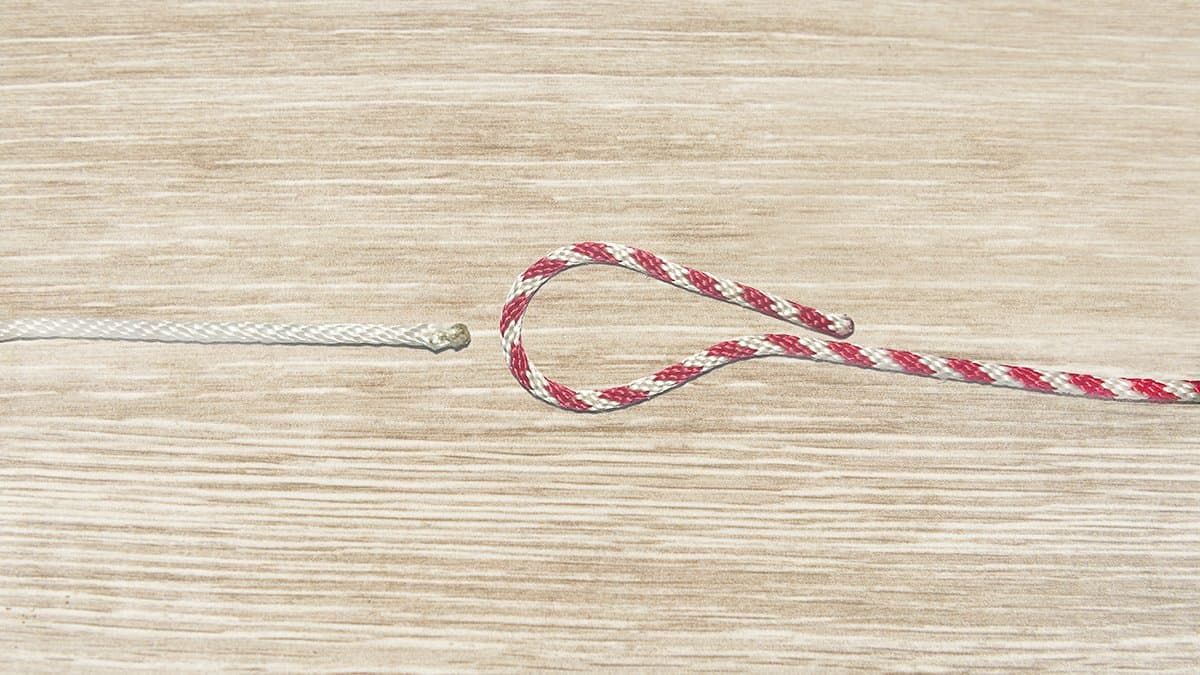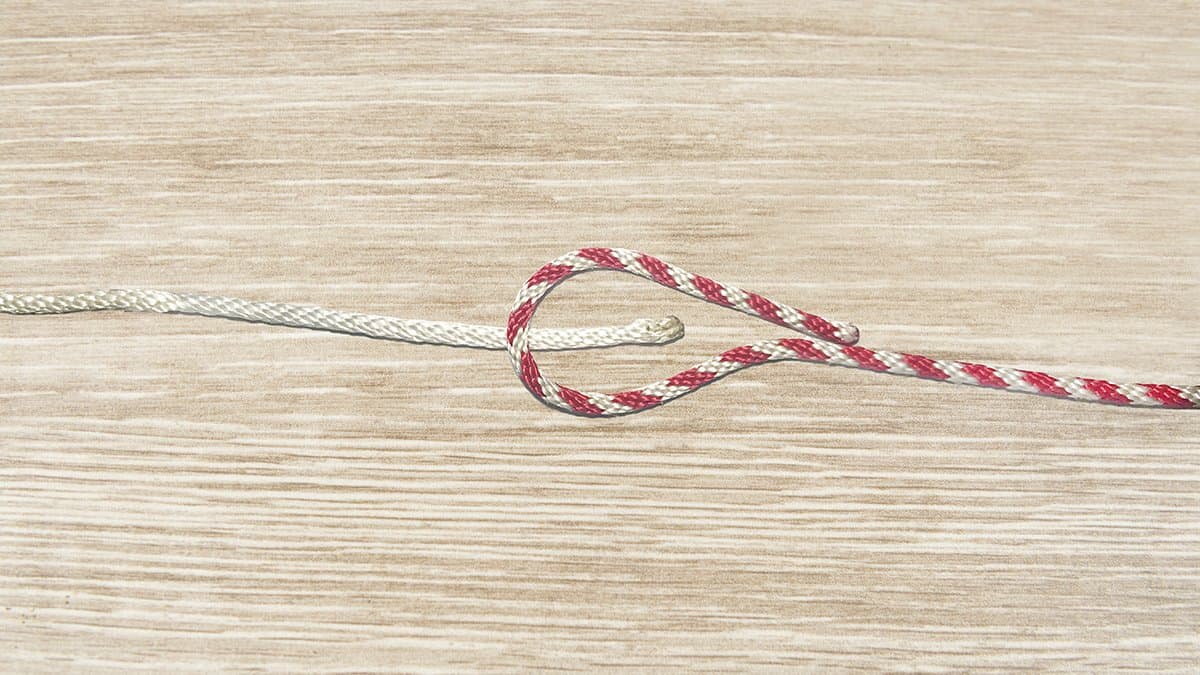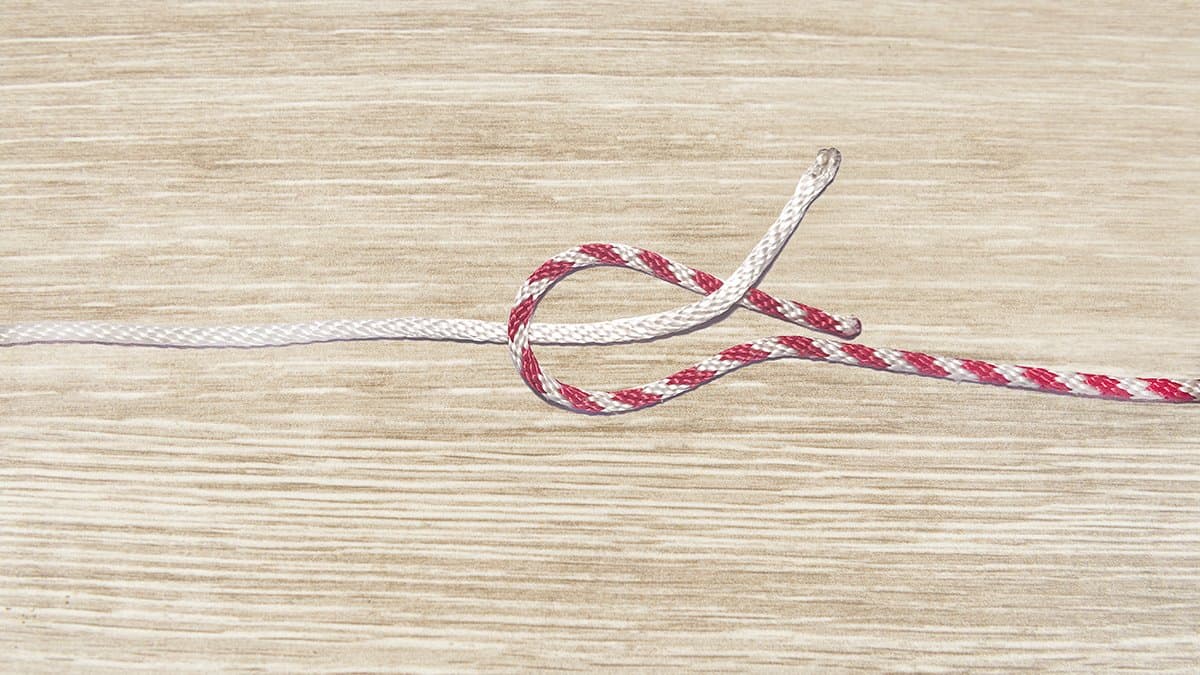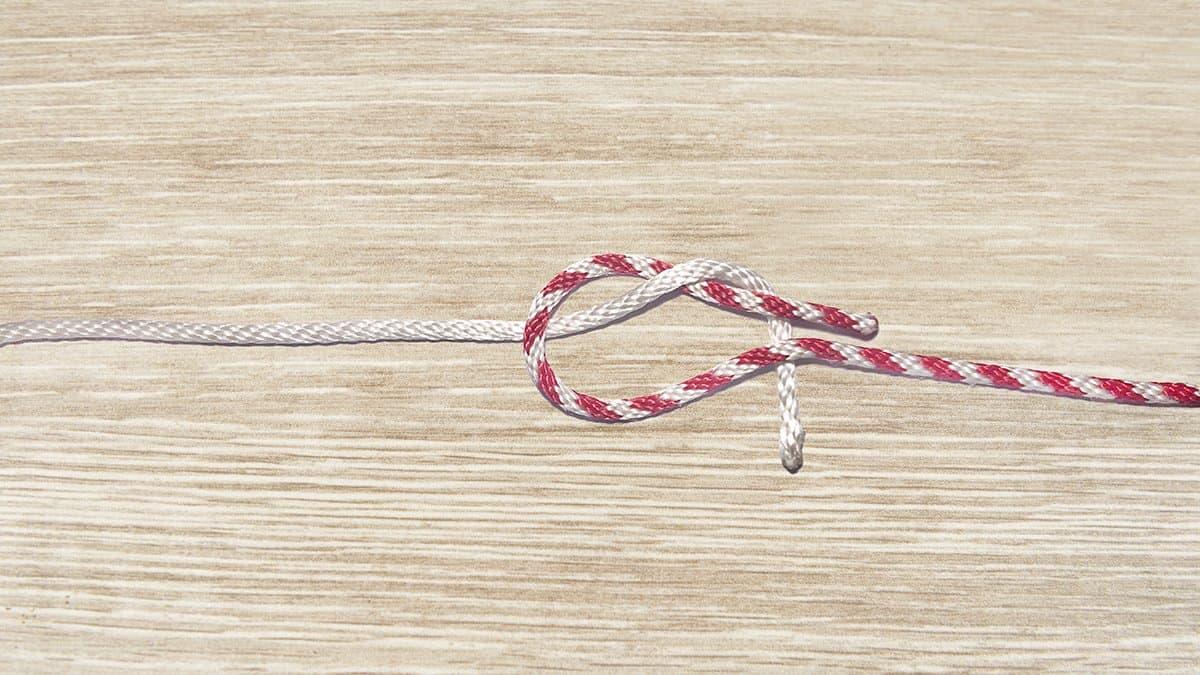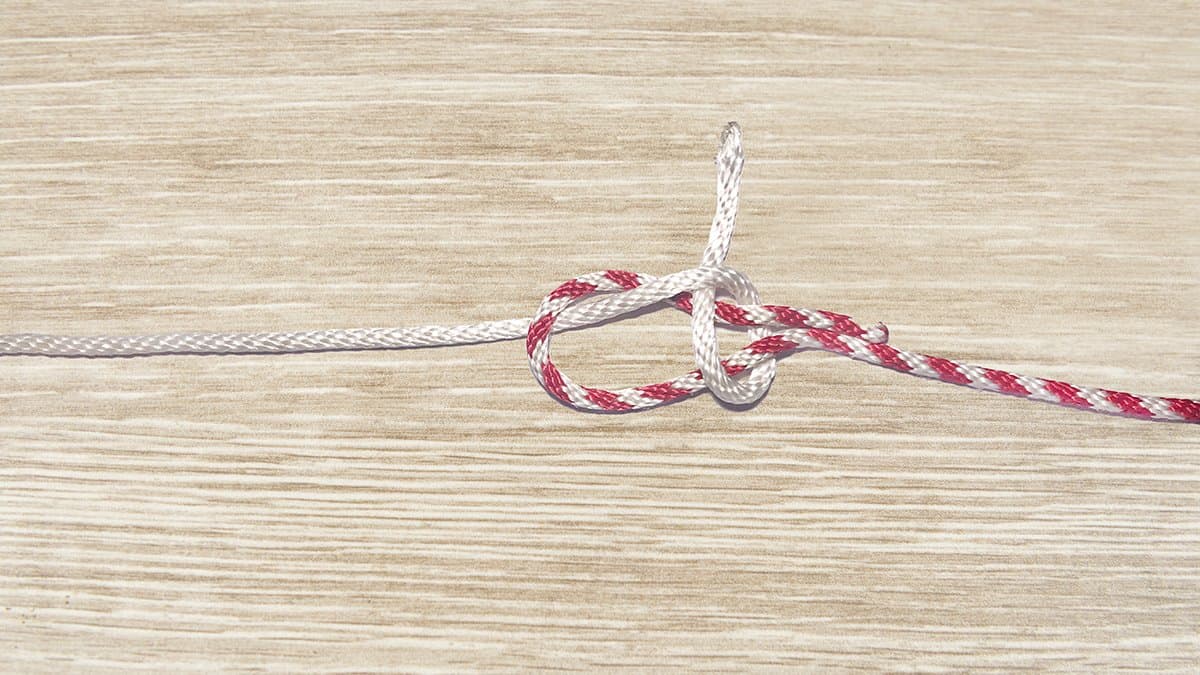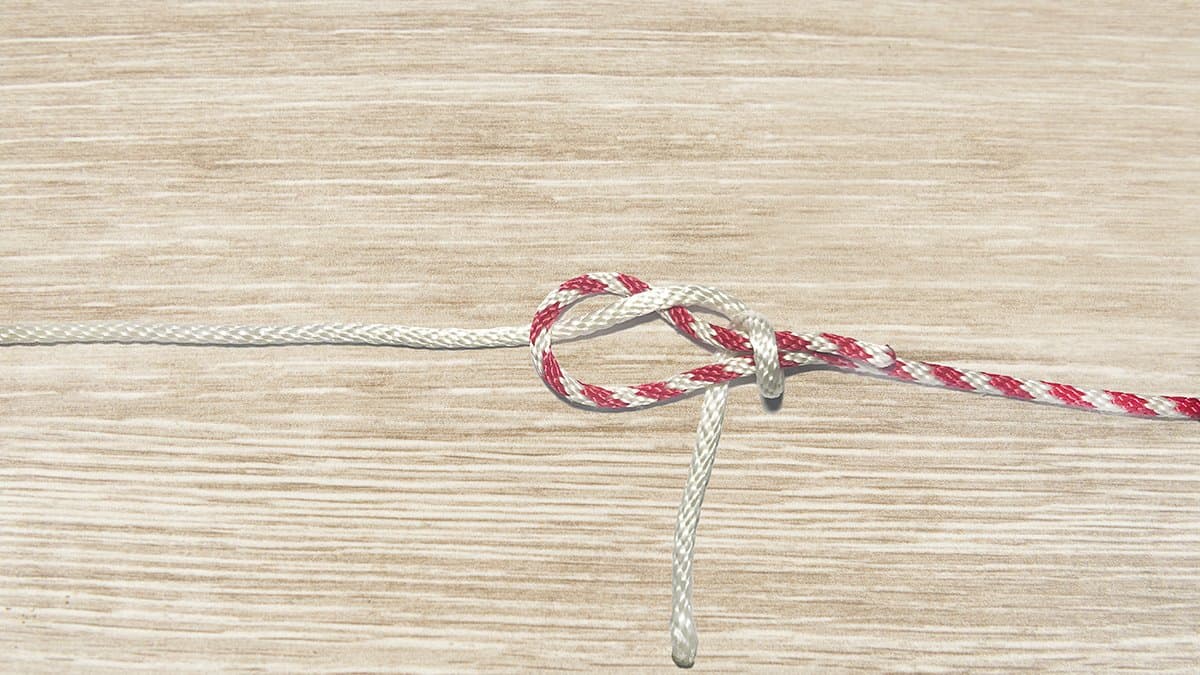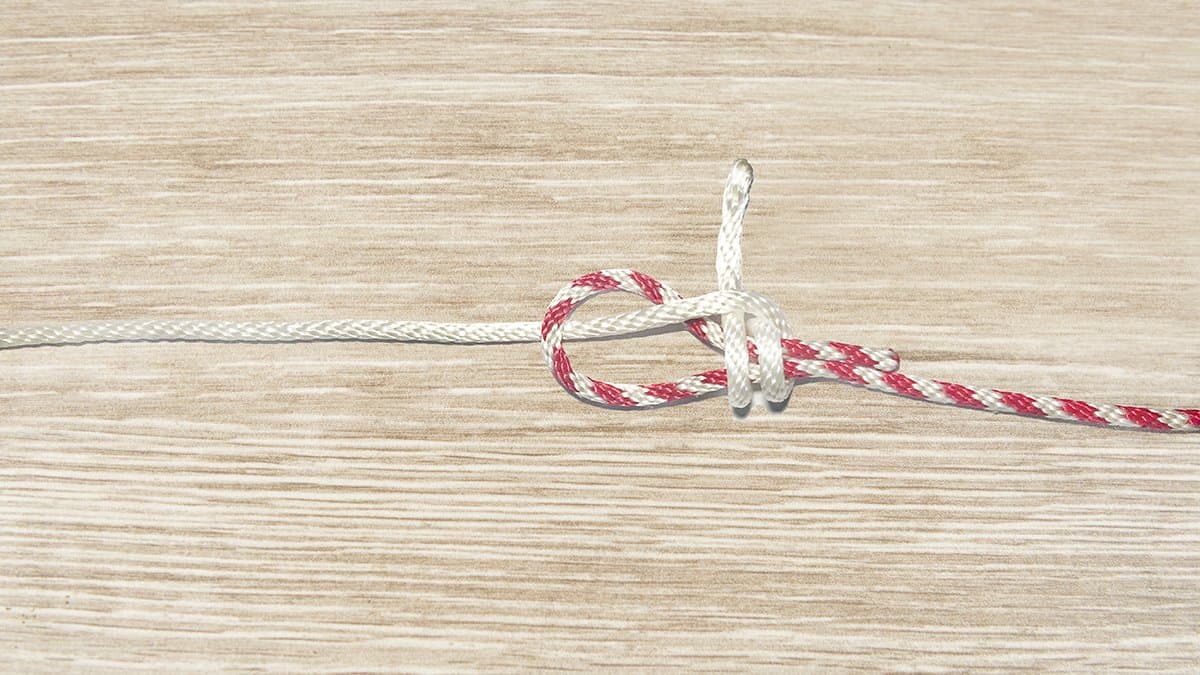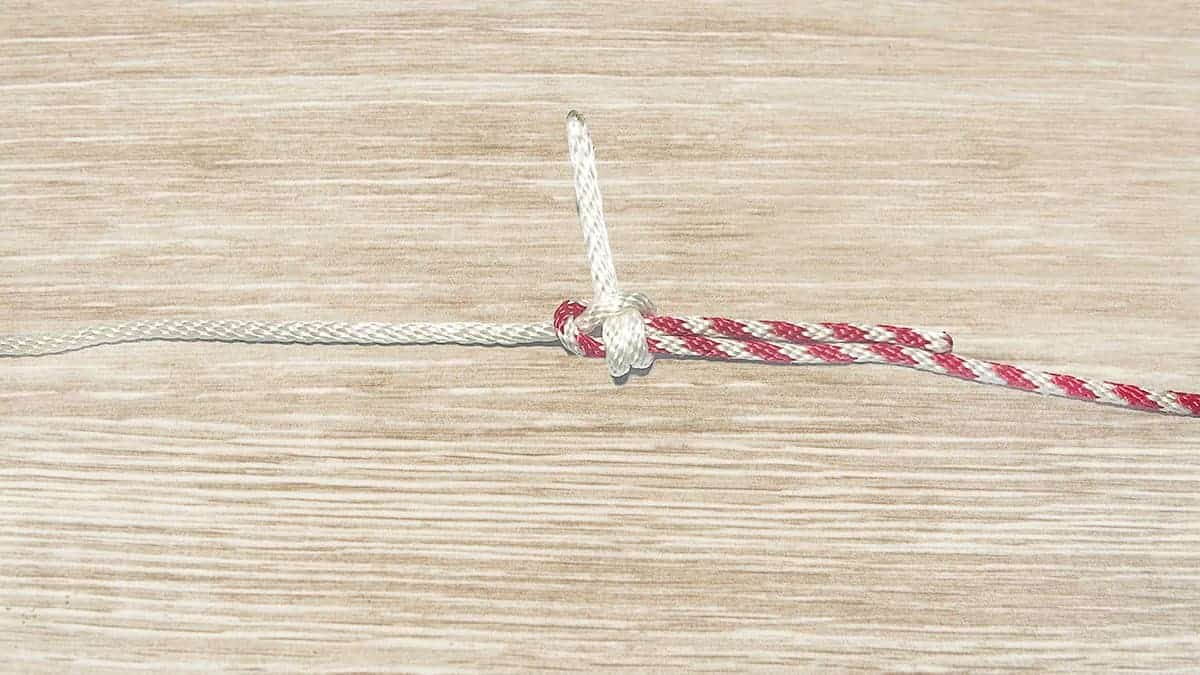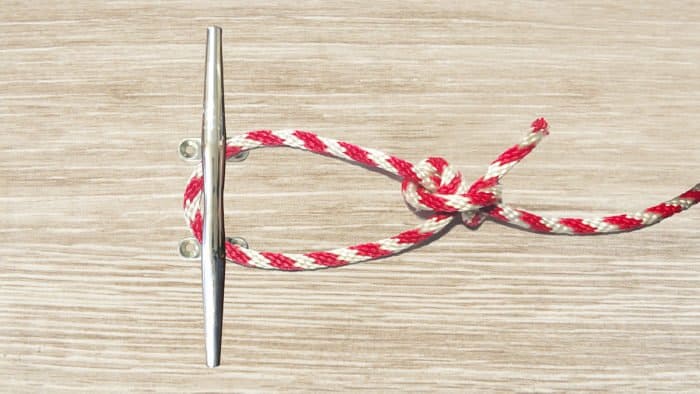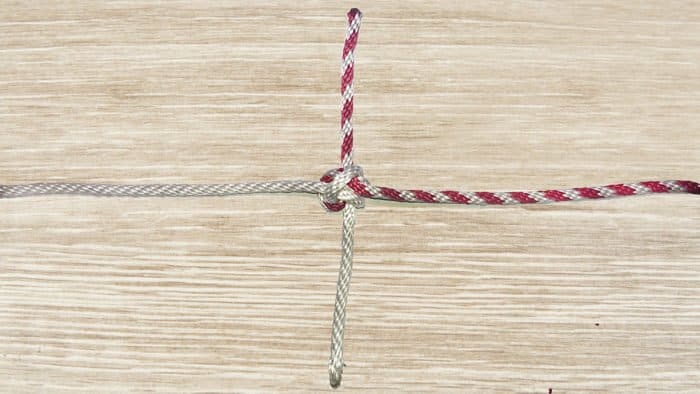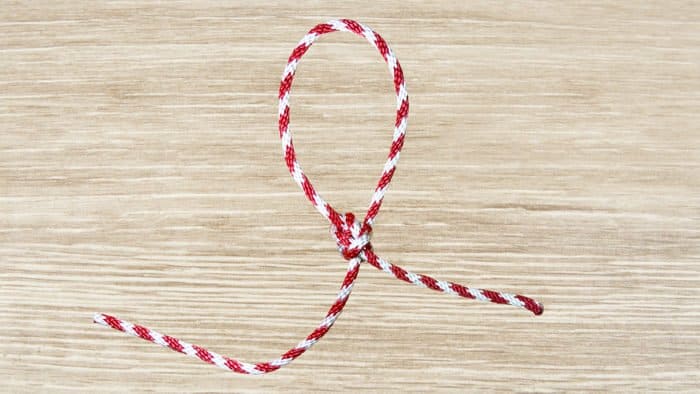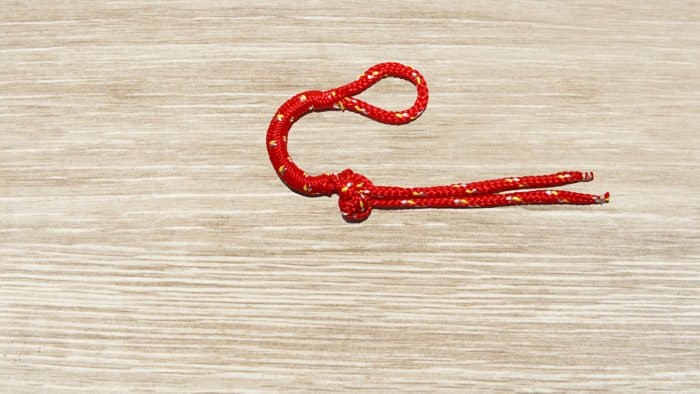How To Tie A Double Sheet Bend Knot
The Double Sheet Bend Knot is a more advanced version of the standard Sheet Bend. It’s important to learn how to tie the Double Sheet Bend since it’s a more secure version than the single bend arrangement. It’s a capable knot that can be used to join two ropes of differing sizes.
The traditional Sheet Bend is one of the most important knots you can learn. It’s the first knot listed in the Ashley Book Of Knots because of its importance. It’s also listed in the International Guild of Knot Tyers’ Six Knot Challenge, among other top knots including the bowline knot, square knot, clove hitch knot, round turn and two half hitches knot, and the sheepshank knot.
The Double Sheet Bend is just a Sheet Bend with an additional turn for additional security. It’s similar in nature to the Bowline Knot. It’s simple to tie, quick to make, and has a number of practical uses.
Uses
The Double Sheet Bend, similar to the Weaver’s Knot, can be used for joining two ropes together, particularly if they’re lines of differing sizes. Aside from joining two lines together, the Double Sheet Bend Knot can also be used for building hammocks, and in the construction of nets. It’s actually used alongside the Carrick Knot for cargo net construction. It’s also used for a wide variety of boating and sailing tasks, so it’s really useful to learn this knot.
So how do you tie a Double Sheet Bend Knot? Here’s all you need to know.
How To Tie A Double Sheet Bend Knot
Tying the Double Sheet Bend Knot requires two ropes. For the best results, we recommend using one thick length of rope, and one thinner one. Grab those, and get ready to learn how to tie a Double Sheet Bend Knot!
Step One: Make a bight with the thicker rope. Using the thinner rope, pass the working end through the thicker rope’s bight.
Step Two: Wrap the thinner rope around the bight, and tuck the working end under itself.
Step Three: Since this is a Double Sheet Bend Knot, repeat the previous step, doubling the traditional Sheet Bend.
Step Four: Hold the standing end of the thicker rope, and pull the working end of the thinner rope to tighten.
Other Things To Consider
Learning how to tie a knot is one thing, knowing when and how to use it another. To really understand how best to use the Double Sheet Bend Knot, here’s a little extra information. Take note of these warnings, possible variations, and alternative knots.
Warnings
Before tying this knot, it’s worth remembering that this knot can loosen when not under load. It’s also worth keeping in mind that the ends should be left as long as possible, especially when securing heavier objects and loads.
Variations
The Double Sheet Bend Knot is already a variation of the Sheet Bend. The Sheet Bend is a fine bend already, but if you’re securing heavier loads, or using ropes of very different sizes, wrapping the end of the smaller rope around the bight of the larger one is always recommended. That’s what separates the Sheet Bend from the Double Sheet Bend.
Alternatives
The most suitable and obvious alternative to the Double Sheet Bend would be either the Bowline Knot or the Carrick Bend. However, if you want to try out some other knots, then the Butterfly Bend is an excellent knot to learn with similar capabilities. Other recommended knots include the Square Knot or Zeppelin Bend. A good boater will know how to tie many different knots and their alternatives for a wide range of situations!
Categories: Nautical Knots
